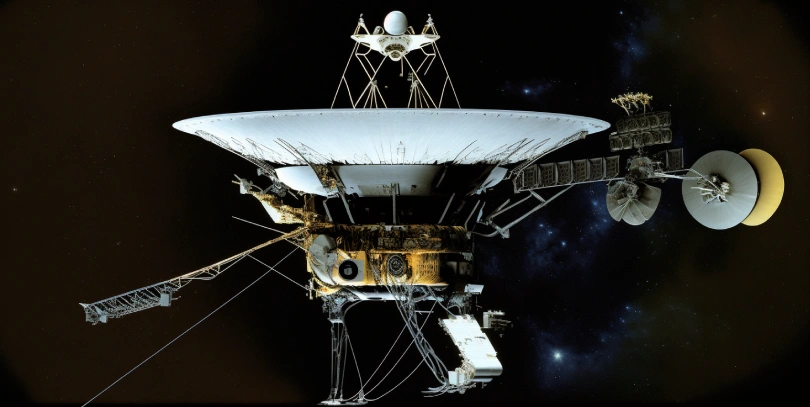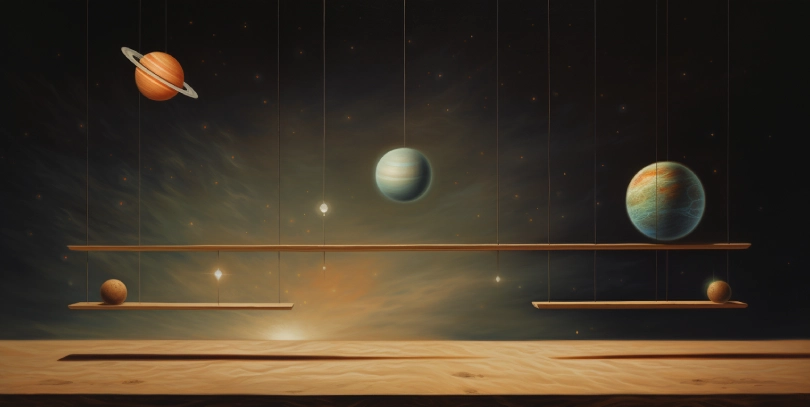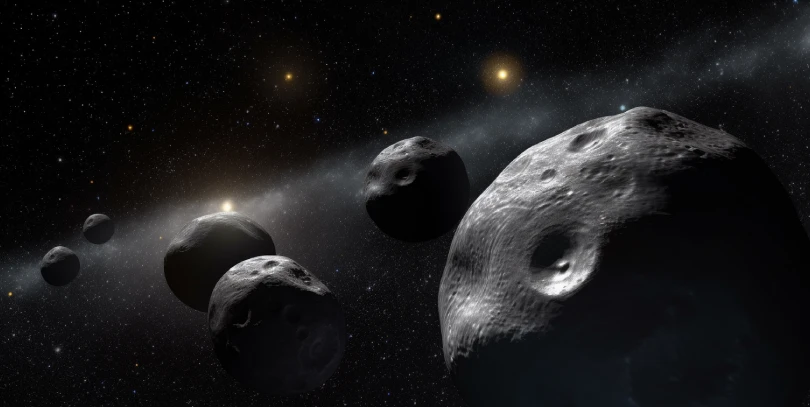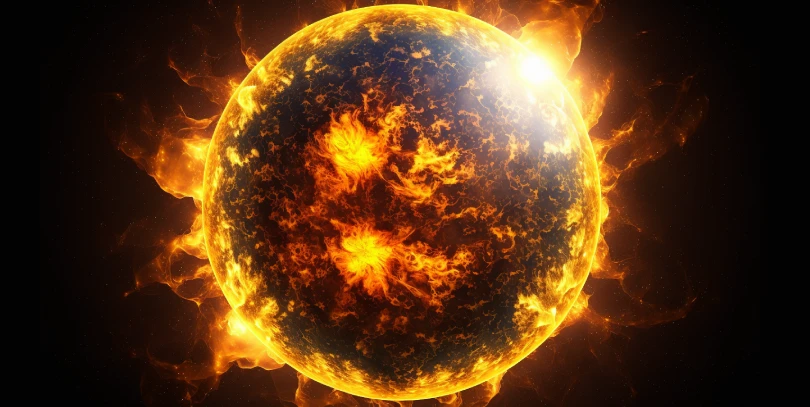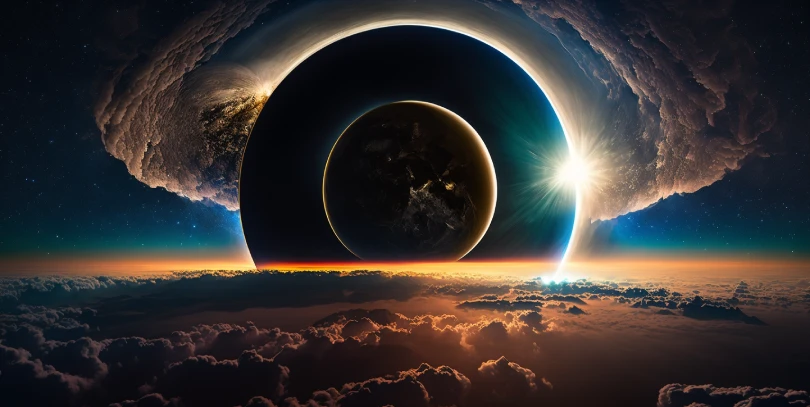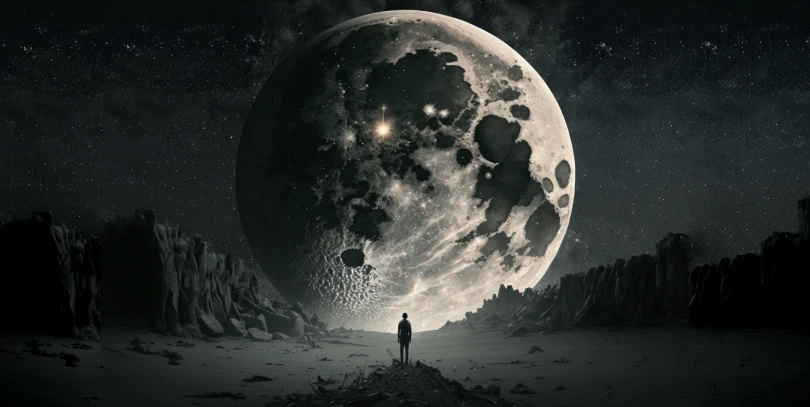The Voyager mission to explore space beyond our solar system is one of the most incredible feats of human ingenuity and perseverance. Launched in 1977, the two Voyager spacecrafts have since traveled billions of miles through our galaxy and beyond, providing us with groundbreaking insight into distant stars, galaxies, and other wonders of the universe. On their journey, the Voyagers made some incredible discoveries that challenged our understanding of the universe and the way we think about our place in it. Here are ten of the most amazing findings from Voyager’s mission.
1. Formation of Solar Systems
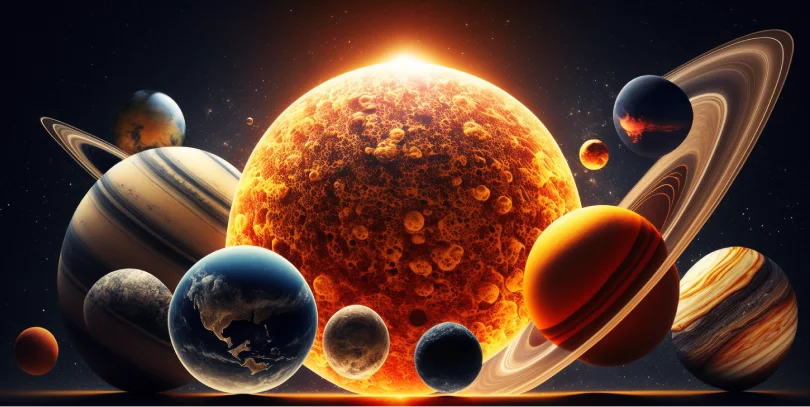
Data from Voyager has revealed how solar systems form and that planets can be formed hundreds of million kilometers away from the parent star. In addition, Voyager’s data suggests these planets are more common than previously thought.
Voyager has discovered a previously unseen family of small, rocky worlds more than 200 light-years away. The NASA probe studied these exoplanets by performing stellar occultation, which is the process when one object passes in front of another defined entity. This study found that these planets are made of three different layers: a rocky core, an icy mantle, and a layer of gas. The stars in these systems are much smaller than our Sun, and the planets orbit too far away for their size to be detected directly. Scientists suspect that there may be other more distant Earth-like planets out there waiting to be discovered.
2. Magnetic Fields Around Jupiter and Saturn

The spacecraft discovered that both Jupiter and Saturn possess powerful magnetic fields, which protect them from dangerous cosmic radiation and allow them to support life-supporting atmospheres. This discovery inspired further research into the magnetic fields of other planets, leading to the finding that Earth also has a powerful magnetic field.
3. Interstellar Dust Clouds
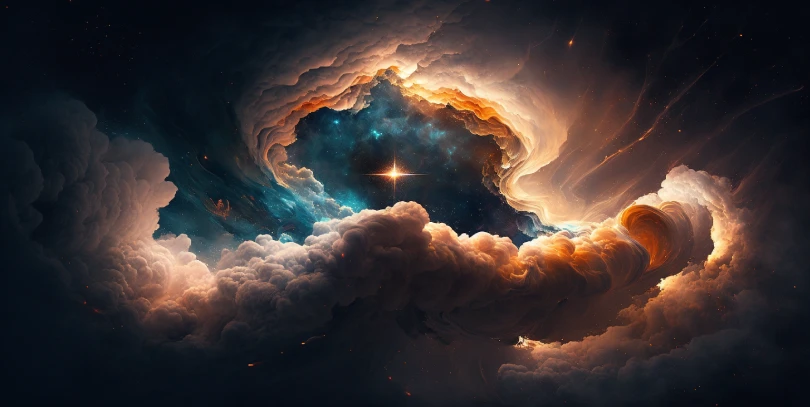
The Voyagers found evidence of vast interstellar dust clouds in our Milky Way galaxy, which can be seen as dark patches in images of the night sky. This discovery helped astronomers understand more about how stars form and evolve.
4. Possible Extrasolar Planet
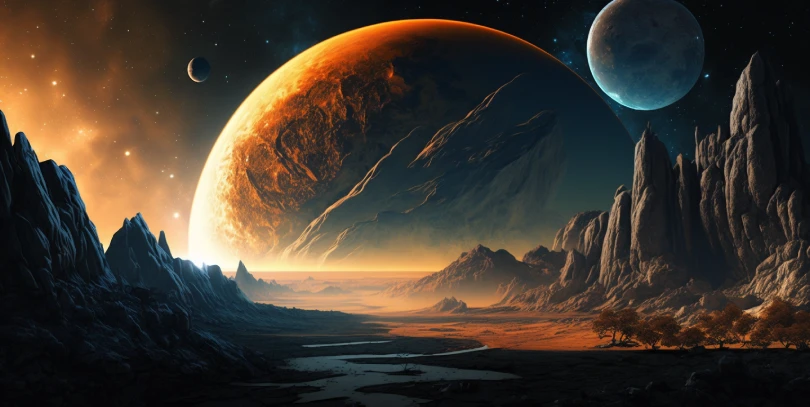
Initially dismissed as an image artifact, Voyager’s data later revealed what might be an extrasolar planet (exoplanet) orbiting a star outside our solar system. This could open up new possibilities for discovering distant life forms or even habitable worlds beyond our own!
For a full list of Exoplanets, see the Wikipedia page.
5. Rings Surrounding Saturn
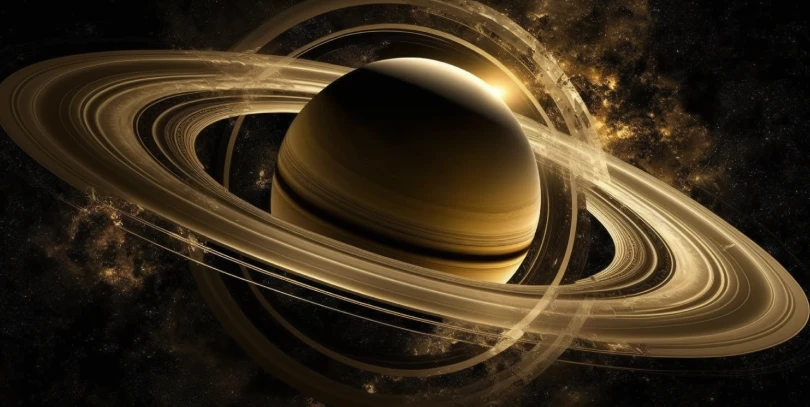
One of the most iconic discoveries from Voyager was the discovery of Saturn’s dazzling rings, which are composed of countless small, icy particles. This finding made scientists rethink their understanding of how planets and other celestial bodies evolve.
6. Enceladus’ Geysers
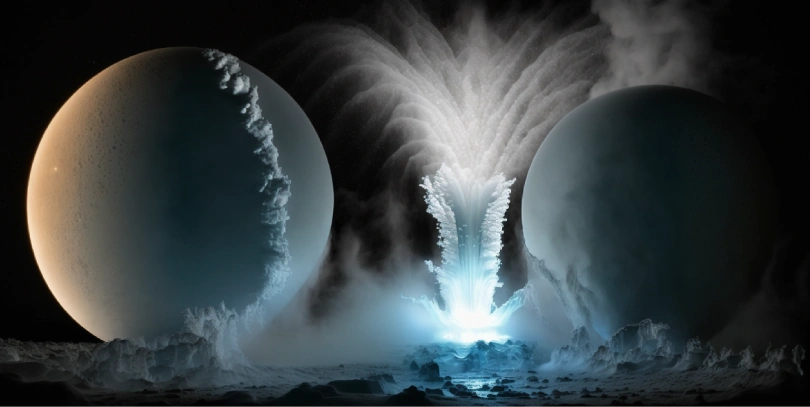
The mission revealed that one of Saturn’s moons, Enceladus, has geysers on its surface that blast frozen material into space!
7. Jupiter’s Red Spot
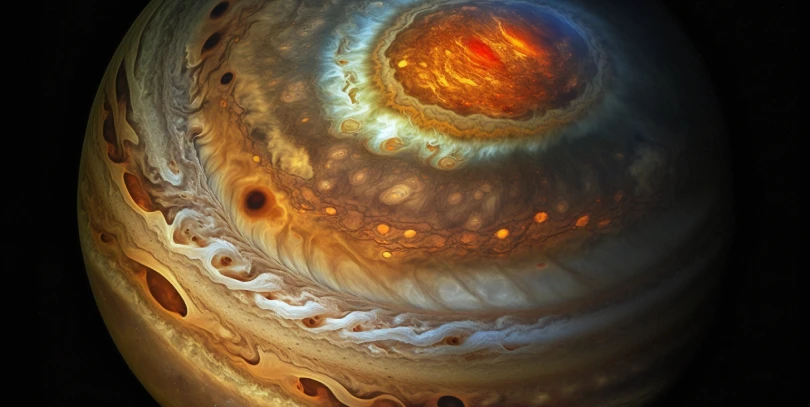
Perhaps one of the most iconic images from the Voyager mission is that of Jupiter’s Great Red Spot – a massive storm bigger than Earth that has been raging on the planet’s surface for centuries!
8. Neptune’s Strong Winds
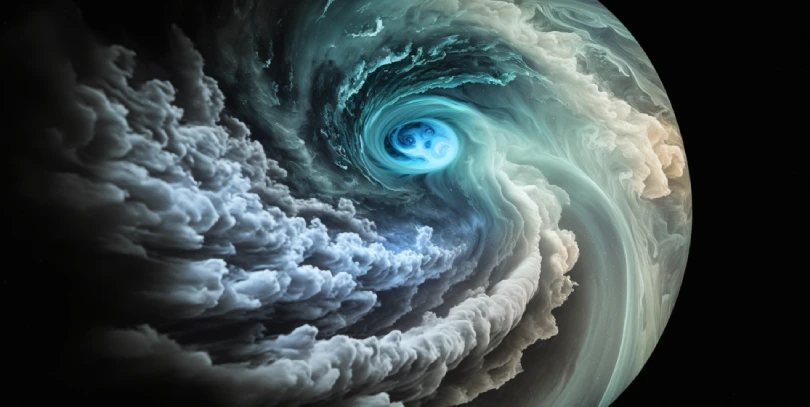
The mission revealed that Neptune has some of the strongest winds in our solar system, with gusts reaching speeds of over 2,000 kilometers per hour! This finding provided valuable insights into how planets like ours can be so dynamic and unpredictable.
9. Uranus’ Blue Haze
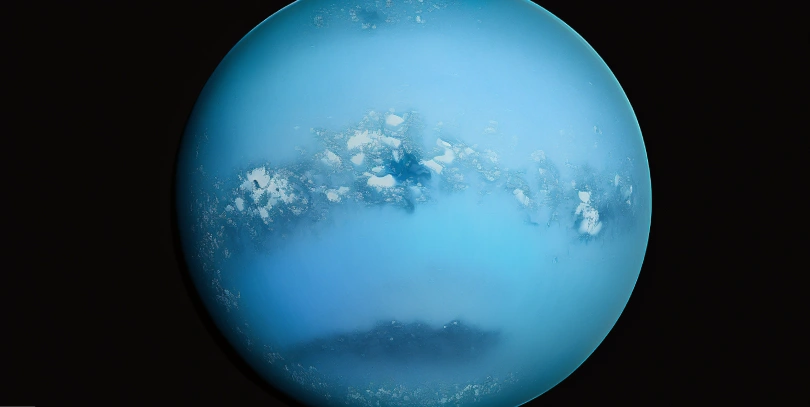
Voyager’s cameras captured an astounding blue hue surrounding this ice giant, which scientists believe is caused by methane gas in its atmosphere reflecting sunlight towards us.
10. Dwarf Planets
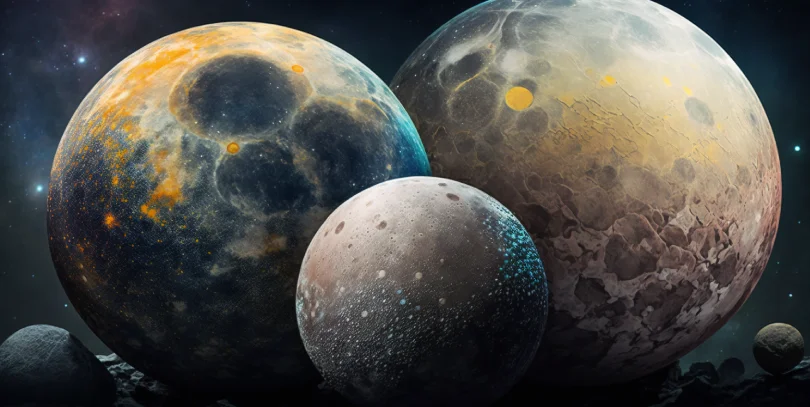
The mission also helped astronomers confirm the existence of dwarf planets, including Pluto, Haumea, and Makemake – small icy bodies believed to have formed during the early days of our solar system.
With each discovery, Voyager’s mission to explore the distant reaches of our universe continues to bring us closer to uncovering its mysteries. As one of humanity’s greatest achievements, this incredible spacecraft will forever remain an inspiration for generations to come.
Source:
